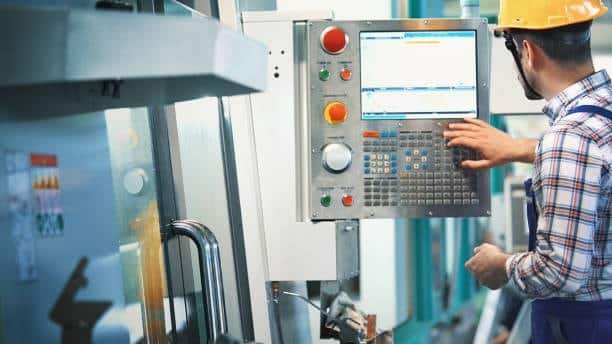Computer Numerical Control (CNC) has looked at manufacturing in a whole new light, because now it is possible to operate machines with extreme precision and automation. The application of computer neural systems via programmed computer software ensures that cnc machine tools move around with ease such that intricate parts can be produced with the minimum level of human involvement. CNC is extensively employed in various industries, including cnc plasma cutting machines and cnc electrical discharge machines ; for example, automotive, aerospace and medical devices. The CNC systems have different types that are individually fitted to machining tasks and needs. In this article, we will discuss a variety of CNC and their usage, and shed some light on the cnc machining process that CNC has in modern manufacturing process, including various axis cnc machine design .
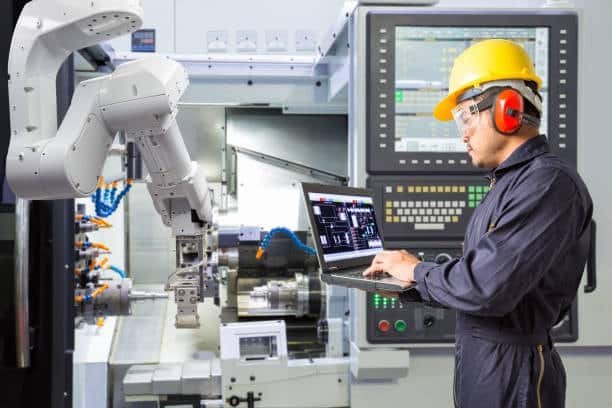
One of the most common types of CNC machines includes CNC milling machines, CNC lathes, CNC routers and CNC laser cutters which are all built with specific manufacturing process in mind, with high accuracy, including the use of cnc grinding machines . These machines, including cnc drilling machines, can take on a broad set of materials from metals, such as aluminum and steel to plastics and composites, allowing an extent of use within different production needs. With the changing face of manufacturing needs, CNC technology evolves along with it by incorporating high-end software, real time monitoring systems, and multi-axis manipulations, becoming the structure of efficiency, innovation and precision in modern day industry.
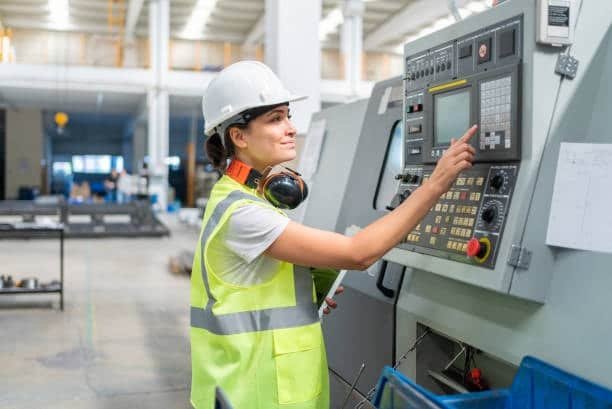
In the future, one of the ways that CNC machining is poised to change the landscape of manufacturing even further is through its integration with emerging technologies such as artificial intelligence, machine learning and the Internet of Things (IoT). Such advancements provide for smarter, self-optimizing machines that are able to make maintenance predictions, change the process autonomously, and increase overall productivity. While industries require more customization, faster turnaround times, and even a higher quality of standards, Determining the best cnc machines type and tools will enable manufacturers to test the limits of design, to dare, and to do like never before.
What is Computer Numerical Control (CNC)?
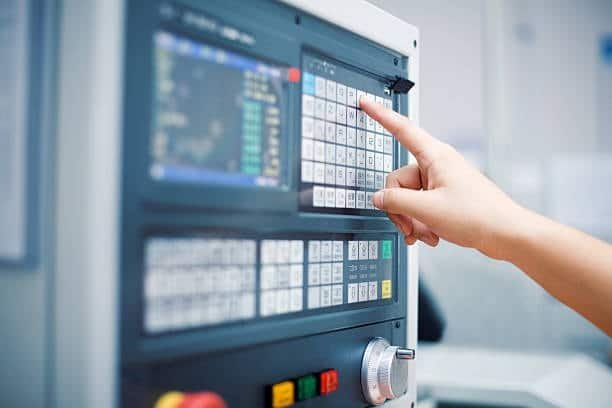
CNC stands for a technique of automating the machine tools through use of computer software that controls the actions of the machine. It provides extremely repeatable and precise production of parts without being able to deliver complex geometries and tight tolerances requested by industries today. CNC machines, including cnc electrical discharge machines, can process milling, drilling, turning and grinding and they are required for manufacturing components with high level of precision and consistency using precise cutting tools .
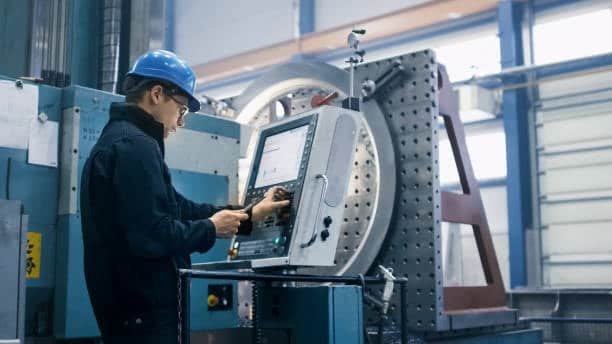
CNC, that is, Computer Numerical Control is the term used for a process through which the machine tools can be automated with the help of Computer software that guides the operations of the machine. This technology, along with cnc lathe machines, allows the repeatable highly precise manufacture of parts which are able to provide the complex geometries and tight tolerances sought by modern industries with the aid of cnc laser cutting machine technology . CNC machines carry out several processes such as milling, drilling, turning and grinding hence a necessity in production of components with extreme accuracy and consistency at large quantities.
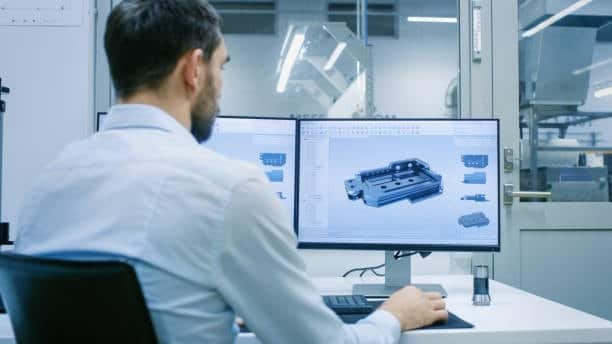
Automation of these processes by the CNC technology greatly cuts down on human error involved as well as increases production speeds to the extent that consistency of quality can be achieved in large manufacturing runs. Its unique ability to precisely adjust tool paths and cutting parameters ensures the ability to make complex designs, which would be quite challenging or impossible to make by hand. Such level of accuracy and productivity don’t make CNC machining obsolete in industries of automotive, aerospace, medical devices, and electronics, where plasma cutting cnc machine equipped with plasma torch play a crucial role in achieving precise cuts. ose success or failure can depend on the quality and reliability of components.
Common Types of CNC Machines
There are different CNC machines of various designs targeting to undertake different roles in manufacturing process. These machines are differentiated based on their configurations, tools, including automatic tool changer, and programming. There are a number of different types of cnc machines that are well used, including:
1. CNC Milling Machines

CNC milling machines are adaptable machines used to shape solid material. They consist of rotating cutting tools, which cuts away material from a work-piece forming intricate parts of high accuracy. Milling machines can undertake a great range of operations, both drilling and slotting and contouring, including using cnc drilling machines and they are capable of working with a variety of materials, from metal to plastic to wood etc. The versatility is what makes the CNC milling machines vital in industries that demand precision and complex structures like in automobile, aerospace, and manufacturing of the medical devices industries. State-of-the-art CNC milling machines usually have more than one axis of movement, and as such allows for the manufacture of three-dimensional shapes of great surface finish with the help of a multi axis cnc machine. to a fine level of specification. This versatility in terms of dealing with a variety of tasks and materials in an expedient manner makes them a bedrock of contemporary manufacturing processes.
Features of CNC Milling Machines:
- Ability to both horizontally and vertically cut.
- Precision at the highest levels in forming accurate geometries.
- A variety of axes ( typically 3,4, or 5 axes) for complicated movements.
- Flexibility in the execution of various materials.
Milling machines, including cnc router machine, are widely employed in industries included in aerospace, automotive, and medical device (manufacturing) industries to produce such parts as turbine blades, engine parts, and prototypes.
2. CNC Lathes

CNC lathes are employed during turning operations in which the rotating workpiece is machined against a stationary cutting tool. Such type of CNC machining is suitable for parts like shafts rods and fasteners in cylindrical or conical shapes. CNC lathes are very accurate and productive and they allow a host of operations such as drilling, threading and boring. Due to their accuracy and ability to process multiple parts, CNC lathes can be frequently found in enterprises where the requirement of cylindrical components of high quality is always present. They can perform a variety of operations without manual intervention, they have short set-up times and are efficient, which makes them excellent for small batch production or production. In addition, many modern day CNC lathes do possess live tooling and multi-axis functionality that allow for the production of complex pieces that have intricate details that in turn expands the scope of applications of the CNC lathes in industries such as automotive, aerospace and machinery manufacturing.
Features of CNC Lathes:
- Rotating workpiece capability at high speeds.
- Perfect to manufacture symmetrical round parts.
- Can carryout such operations as facing-turning-threading.
CNC lathes are widely applied to automotive industry, where products such as axles, valves and pistons are manufactured.
3. CNC Routers
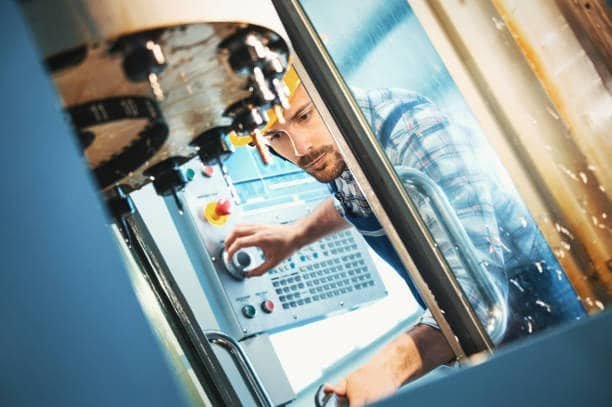
CNC routers are mainly used for the cutting of wood, plastic and soft metals, just like laser cutting machines . Such machines are like CNC milling machines, except that they are tailored for larger and lighter materials. CNC routers are extensively used in the woodworking, construction of signs, etc, where large sheet materials that need to be cut, shaped or carved are used. CNC routers are basically meant for cutting, shaping, and carving of materials like wood, plastics and softer metals. Although routers are similarly used in almost the same way as that of CNC milling machines, they are specifically designed to cater for larger and lighter sheet materials at a high speed and with maximum precision. Uses in such industries as woodworking, manufacture of signs and furniture production, where huge panels would require sophisticated cut-outs, engravings or decorative effects are common. CNC routers’ ability to process vast surfaces effectively is a mandate facility used in creating customized designs in large scales.
Features of CNC Routers:
- Perfect for the cutting of large sheets of material.
- Typically operate with 3-axis motion.
- Used for materials such as wood, plastic and foam.
CNC routers are available in such applications as cabinetry, signage, furniture making where the process involves high-speed, high-volume cutting using high-quality cnc equipment .
4. CNC Plasma Cutters
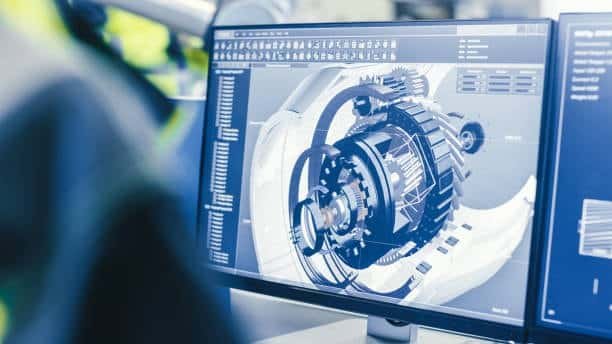
CNC plasma cutters are cutting machines that utilize fast moving beam of ionized gas (plasma) to cut through metal materials. The CNC programming, via machine control unit, controls the cutting tools of plasma cutter and enables the complex and detailed cuts. on many thicknesses of metal. These kinds of machines are especially useful in the industries such as steel fabrication and building, where sheets from metal need to be cut to certain shape and size. The CNC plasma cutters employ a rapidly moving jet of ionized gas, otherwise known as the plasma, and can also integrate advanced cnc machine systems lik the cnc waterjet cutting machine to cut different metal materials, with incredible speed and accuracy. Under CNC programming, these machines can make complex and intricate cuts in metals with variable thickness hence can be used with relative ease. Plasma cutting is particularly useful in industries like metal fabrication in steel industry, construction industry, and shipbuilding among other where metal sheets need to be cut into accurate shapes and sizes. CNC plasma cutters are invaluable in heavy manufacturing and structural uses because of their efficiency and capacity for cutting thick metals while still having clean edges.
Features of CNC Plasma Cutters:
- Ability to cut all forms of metals including steel, aluminum and brass.
- High-speed cutting with clean edges.
- Suitable for thick material cutting.
Such industries as metal fabrication, shipbuilding and aerospace use the CNC plasma cutters in order to obtain exact cuts in metals that are required for structural pieces.
5. CNC Electric Discharge Machines (EDM)
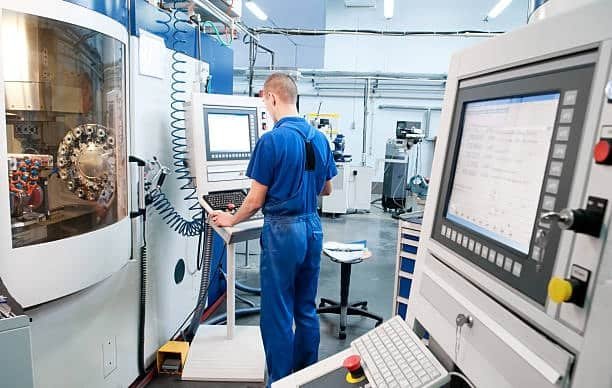
CNC Electric Discharge Machines (EDM) remove material from the workpiece by discharges (sparks) of electricity. This process is quite good for hard metal cutting and complex shapes machining. EDM machines finds themselves on two types: Wire EDM and Sinker EDM. Wire EDM uses a thin wire as its electrode for cutting through metal whereas Sinker ED5 employs an electrode to create cavities or cavities in one’s material. CNC Electric Discharge Machines (EDM) uses low voltage electrical discharge, which in respect of work piece material removal leave sparks that erode the metal in a very high level of precision. This method is particularly suitable for machining hard metals and producing complex shapes that are not easy to obtain using the traditional cutting tools. There are two major types of EDM machines. Wire EDM and Sinker EDM. Wire EDM employs a thin electrical wire as the cutting electrode, which allows it to produce extremely minute incision on metal pieces; it can thus be used for making complicated contours and fine details. Sinker EDM, on the contrary, uses a shaped electrode that “sinks” into the material to create cavities, holes, or molds, so that detailed internal features can be made. Both versions of EDM are priceless in industries in which complicated parts with strict tolerances are necessary – aerospace, molds, and medical device manufacture.
Features of CNC EDM Machines:
- Suitable for hard metal and fine design.
- Neat cut and shape.
- Ideal to make, dies, and intricate parts.
EDM is commonly used in the mold making, tool and die making and aerospace manufacturing industry, where precision and capability to operate with hard metals are critical.
6. CNC Laser Cutters\

CNC Laser cutters are machines that use laser beam with great power to etch or cut through materials with a great degree of accuracy. Such kind of machine is very efficient for cutting thin metals, plastics, wood, and so on. CNC laser cutters are in demand for the high speed cutting and complex design(s) required. CNC laser cutters use a very concentrated beam of powerful laser that can cut or engrave on a vast variety of materials in a highly accurate manner while leaving tidy edges. They are particularly efficient for thin metals, plastics, wood, and even some of the composites, thus making the tools quite useful in various manufacturing environments. The expediency and efficiency in creating fine designs at a very minimal waste of materials is the reason why CNC laser cutters are highly desired in the industries of automotive, electronics, signs, and custom fabrication. Additionally, laser cutting is non contact process, thus minimizing risks of material distortion, and wear and tear of tools, to boost it’s efficiency, and suitability for precise high volume production.
Features of CNC Laser Cutters:
- High precision and accuracy.
- Applicable to materials of thin and thick types.
- Applicable to materials of thin and thick types.
Such cnc routing machines are widely used in industries, like signage, automotive, and aerospace, for cutting and engraving metals, and plastics as well as other materials, which are part of the cnc milling process .
7. CNC 3D Printers
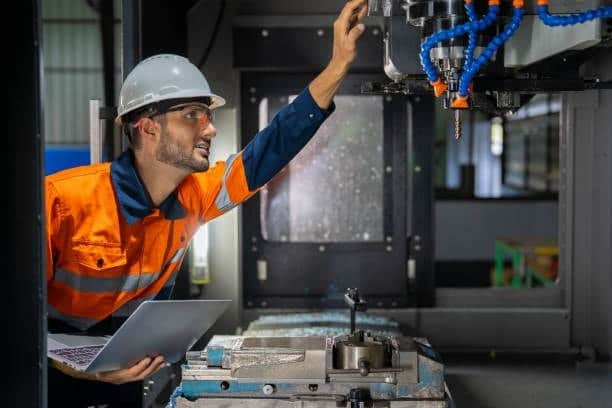
CNC 3D printers otherwise known as additive manufacturing machines are used to build parts layer by layer from substances such as plastic, metal or resin. Unlike subtractive CNC machines that will remove a piece of material, 3D printers create parts from nothing. These machines are perfect for rapid prototyping, custom parts, low volume productions. CNC 3D printers or additive manufacturing machines create parts through a process of layer by layer deposition of materials like plastic, metal, or other resin. Unlike conventional subtractive machining CNCs which shave material from a solid block, 3D printers build parts from scratch with the ability to produce intricate shapes that would not be possible with the conventional subtractive machining. These machines are suitable for rapid prototyping the designers and engineers are able to test and perfect ideas before venturing into large scale production. In addition, their capability of manufacturing custom parts and low volume runs with a very short setup time makes them invaluable for the industries like aerospace and automobile, medical devices and consumer products.
Features of CNC 3D Printers:
- Additive process creates parts layer on layer.
- Flexible material alternatives ( plastics, metals, resins).
- Also designed for prototype and customized parts.
CNC 3D printers are applied in fields such as automotive, aerospace and medical devices to make prototypes and tooling as well as custom components.
Schlussfolgerung
CNC machinery has revolutionized the manufacturing view through precision, efficiency and flexibility in numerous applications. For milling, or even turning, cutting or 3D printing, various specific equipment are available using CNC technology. Every model of CNC machine is created to solve specific problems in manufacturing, so that complex pieces could be manufactured with great accuracy and repeatability.
This specialization enables manufacturers to choose the right CNC machine depending on the material, how complex, and the number of parts they want to produce. For example, the CNC milling machines are good for making complex shapes with the different axis of motion while the CNC lathes and turning machines re good for making symmetrical parts rotating the work piece. While at it, CNC 3D printers provide novel opportunities for rapid prototyping as well as building of geometries that the conventional subtractive procedure could not make possible easily. As a whole, these technologies make industries capable of responding to divergent production requirements at unprecedented efficiency and accuracy.

